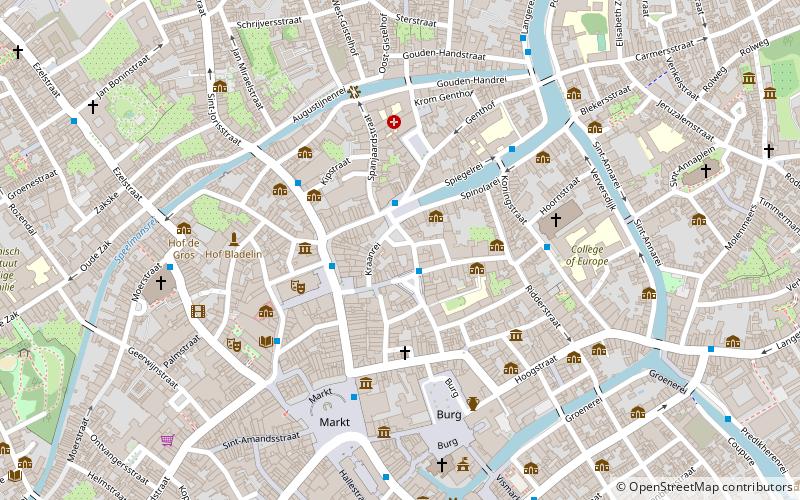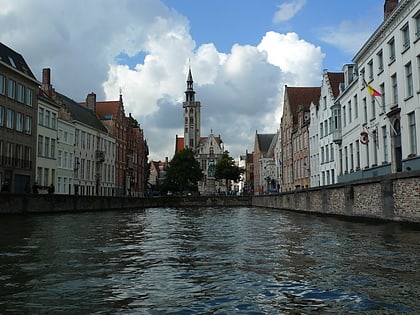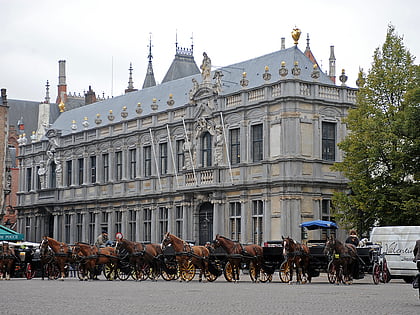College of Europe, Bruges

Facts and practical information
The College of Europe is a postgraduate institute of European studies with its main campus in Bruges, Belgium, and a smaller campus in Warsaw, Poland. The College of Europe in Bruges was founded in 1949 by leading historical European figures and founding fathers of the European Union, including Salvador de Madariaga, Winston Churchill, Paul-Henri Spaak and Alcide De Gasperi as one of the results of the 1948 Congress of Europe in The Hague to promote "a spirit of solidarity and mutual understanding between all the nations of Western Europe and to provide elite training to individuals who will uphold these values" and "to train an elite of young executives for Europe". The founders imagined the college as a place where Europe's future leaders could live and study together. It has the status of "Institution of Public Interest", operating according to Belgian law. The second campus in Natolin, Poland was opened in 1992. The College of Europe is historically linked to the establishment of the European Union and its predecessors, and to the creation of the European Movement International, of which the college is a supporting member. Federica Mogherini, former High Representative of the Union for Foreign Affairs and Security Policy, was appointed as the Rector to start in September 2020; former President of the European Council Herman, Count Van Rompuy is chairman of the board. ()
College of Europe – popular in the area (distance from the attraction)
Nearby attractions include: Belfry, Basilica of the Holy Blood, Groeningemuseum, Markt.
Frequently Asked Questions (FAQ)
Which popular attractions are close to College of Europe?
How to get to College of Europe by public transport?
Bus
- Brugge Sint-Jansplein • Lines: 16, 6 (1 min walk)
- Jan van Eyck • Lines: Stad Brugge Centrumshuttle (2 min walk)
Train
- Brugge (27 min walk)
- Brugge-Sint-Pieters (34 min walk)










